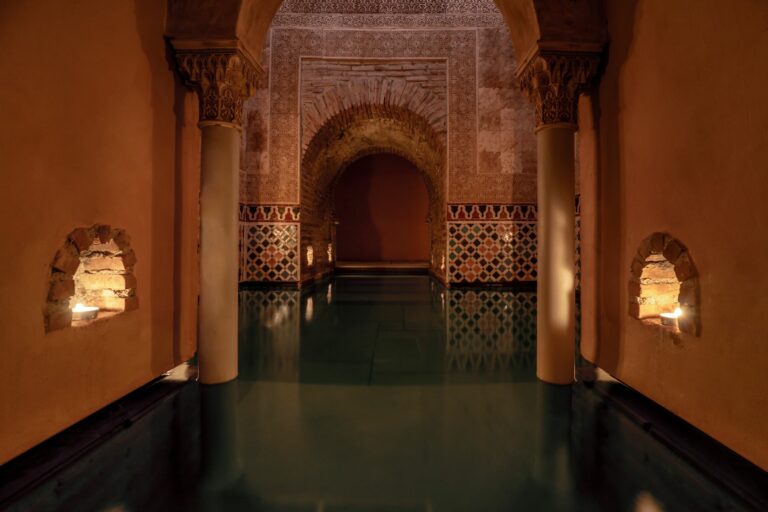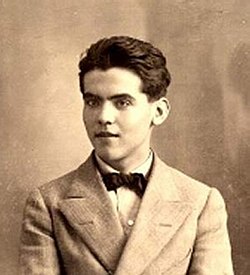Calle Real Alta in Granada: The medieval treasure open only once a year.
Contenidos
A Walk Through History: The Calle Real Alta of the Alhambra
Cities whisper ancient tales into our ears, telling their stories through streets and heritage — true treasures that, after centuries, still remain with us. They belong to us and are filled with history. One such magical place is found in Granada: the Calle Real Alta of the Alhambra, once the main axis of the Medina.

Exclusive Access: Open Only Once a Year
For conservation reasons, this passageway is not usually open to the public. However, the Calle Real Alta has remained almost unchanged since medieval times. Once a year, the Council of the Alhambra and Generalife authorizes its opening, allowing visitors to walk along it and relive the experience of those who passed here centuries ago.
In those days, it was the main thoroughfare of the Medina, or citadel, of the Alhambra. As with any important artery, public buildings, artisan workshops, and homes lined its sidewalks. This residential and productive area directly served the Nasrid court.
A Street Full of History
The layout of this central axis began at the Wine Gate, with the entrance to the Alcazaba in the background, and extended to the site where the Parador of San Francisco and the Palace of the Abencerrajes now stand. Along the route, several buildings still capture the attention of today’s visitors.
The Nasrid House of Muhammad III

Among them stands out the Nasrid house commissioned by Muhammad III in 1304, with origins dating back to the late 13th or early 14th century. Following tradition, the residence was organized around a courtyard with a central pool that cooled Granada’s hot summers, enhanced the lighting of nearby rooms, and acted as a mirror reflecting the decorative details of the porticoes.
Originally, it had wings of rooms on all four sides, although today only the western and southern sections remain. The main hall still preserves its stucco decorations, making it a fascinating place to visit. This building is one of the oldest in the Nasrid complex and an architectural legacy of great value.

The Ángel Barrios Museum
The Calle Real Alta is also home to the Church of Santa María de la Alhambra, built in the 17th century on the site of the former Great Mosque. Nearby, the bath of the house where musician Ángel Barrios was born and lived is partially preserved. Today, this space serves as a museum, paying tribute both to his life and to the intellectual atmosphere that permeated Granada in the early 20th century.
A Place to Discover Every Month
To relive the stories hidden within this street and other corners of the Alhambra, it is worth checking the program of the Council of the Alhambra and Generalife. They regularly open what they call the “space of the month” to the public. It’s the perfect opportunity to let history take you by the hand and guide you through the silent tales still held within its walls.



